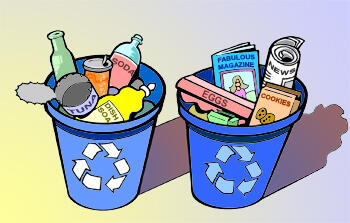Dear Armano,
Thank you for your question. It's a really good one. There is no single solution, so let me give you three things that kids can do to help minimize global warming.

What are the most important things kids can do to prevent global warming?
— Armano B., Grade 6
Geologist Ed Mathez answers this question:
Dear Armano,
Thank you for your question. It's a really good one. There is no single solution, so let me give you three things that kids can do to help minimize global warming.
1. Conserve energy in your everyday life.
Making simple choices to save energy may help avoid the serious consequences of global warming. For example:

We can make simple choices to save energy.
2. Convince the people around you to save energy.
Now, you have to be careful here because people don't like to be told what to do, so convince is the important part. Your parents would be perfect subjects for persuasion, but do it with love and humor. Here are some suggestions that you can provide for your family and friends.

It takes energy to produce everything we buy. We can save energy by recycling.
In fact, not knowing is one of the problems. Global warming is a significant risk to society. On the one hand, we do not know exactly what will happen. On the other, we realize that what could happen could be serious. And these consequences could affect different parts of the world in different ways.
3. Keep learning.
These ideas all involve conservation. While that's important, what's more important is finding and implementing sources of energy that do not pollute the environment. Who is going to do that? It can be you! So the third and most important thing you can do is get the best education you can get, so that you can be a responsible citizen and continue making good decisions. Maybe you will help find scientific, technological, economic, or political solutions to the present situation.
You Can Make a Difference!
Explore More:

Name:
Edmond Mathez
Job Title:
Curator, Department of Earth & Planetary Sciences
Known For:
Ed is a geologist. He researches the origin and composition of
igneous
rocks.
Cool Fact:
Ed has collected rock samples from all over the world, including Greenland and South Africa. He's gone as deep as 2 kilometers (1.2 miles) down into a mine.
Earth, courtesy of NASA; recycling bins, by Eric Hamilton © AMNH; Edmond Mathez, © AMNH.